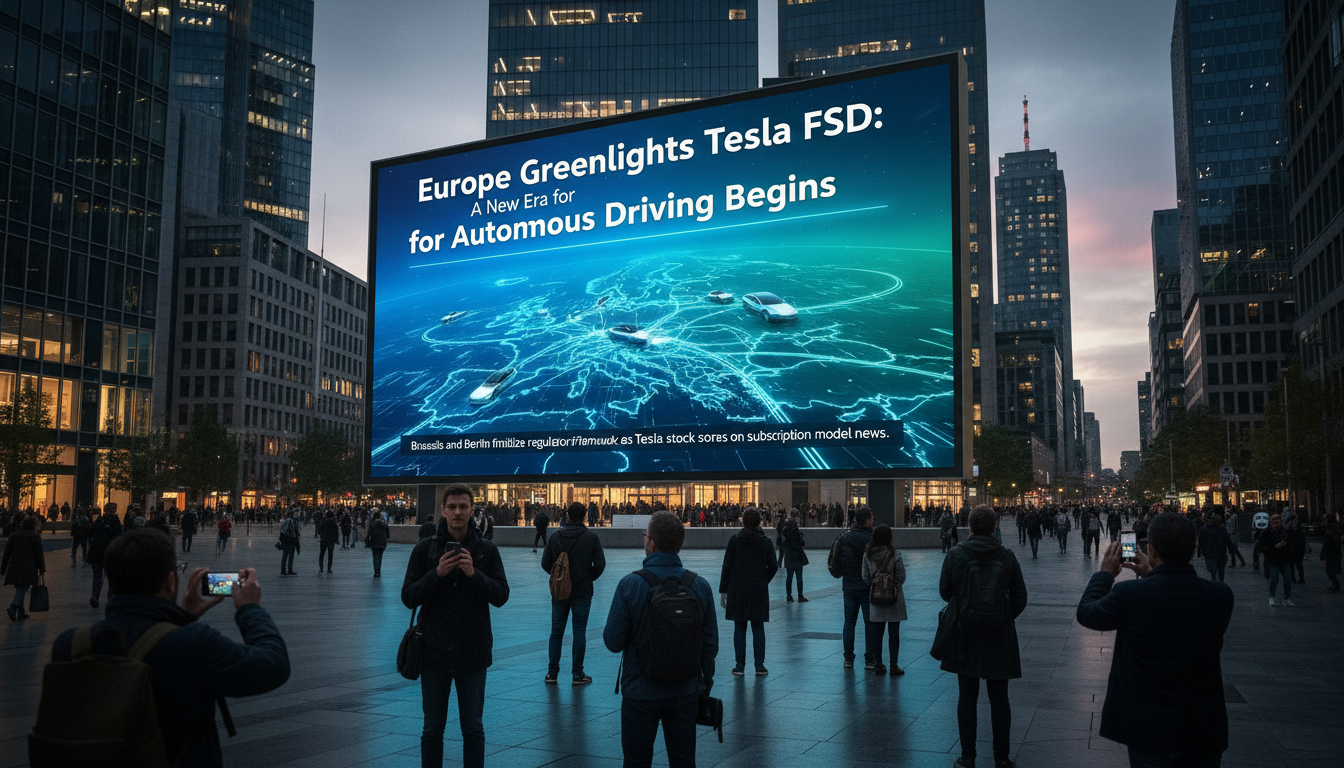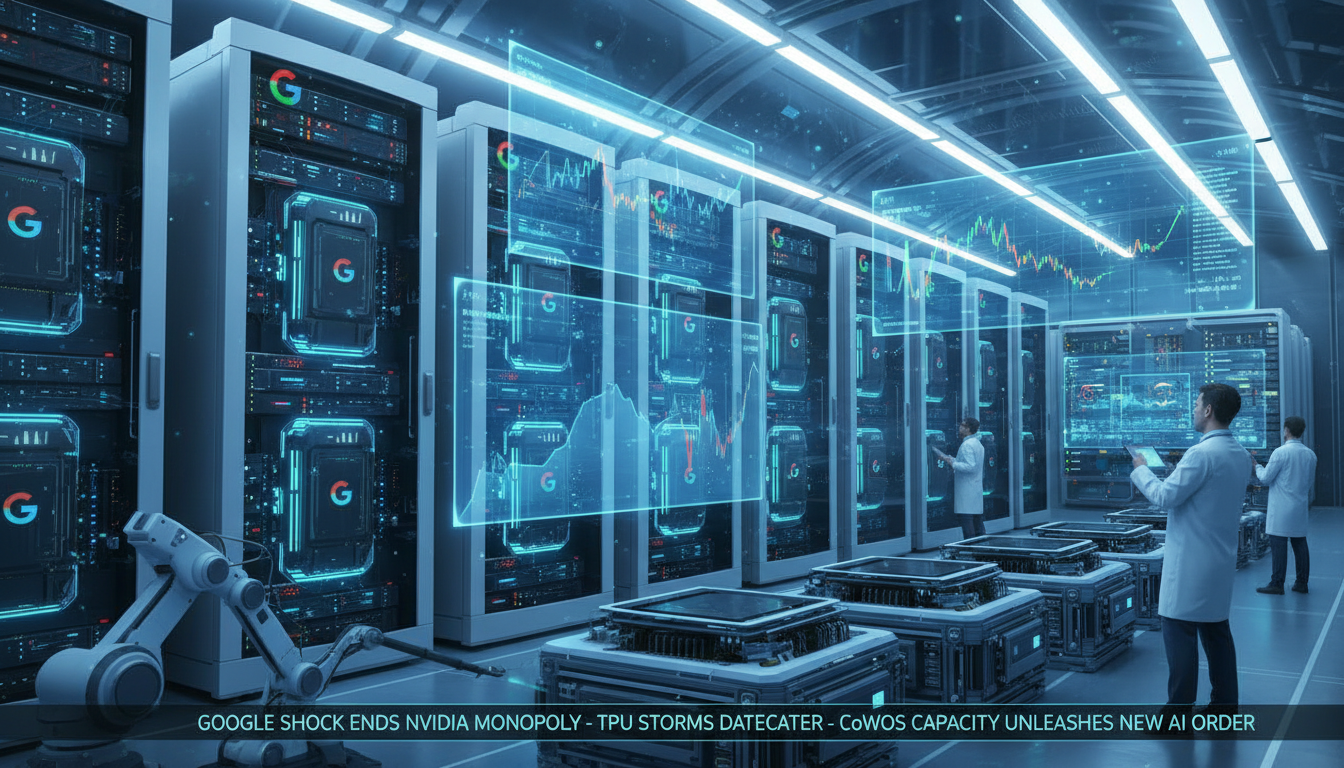● Korea’s Semiconductor Showdown DeepX’s AI Revolution
South Korea’s Challenge in System Semiconductors: DeepX’s Strategy and AI Transformation in the Manufacturing Industry
Memory Powerhouse and the Challenges of System Semiconductors
South Korea has long showcased world-class technological expertise in the memory sector.
However, it struggles in the area of system semiconductors, specifically in high value-added products essential for AI semiconductors and on-device AI.
Experts analyze this as stemming from a “best effort” attitude and the differences in the characteristics of the memory manufacturing process.
Memory is completed through repetitive processes like Beethoven’s regular rhythm,
but system semiconductors require complex interlinkages among various elements from start to finish, resembling Mozart’s free-flowing melody.
This issue, intertwined with key terms such as global economy, system semiconductors, AI trends, innovation, and digital transformation, prompts a reassessment of the future direction of South Korea’s manufacturing industry.
DeepX’s On-Device AI Strategy and Global Recognition
The system semiconductor startup DeepX is preparing for a new leap in the on-device AI market.
The CEO of DeepX emphasizes the importance of ultra-low power and flawless manufacturing technologies,
aiming for the global AI semiconductor market with over 400 patented technologies and competitive low-power chip technology.
The company has been receiving positive evaluations domestically and internationally by strengthening customer engagement, technical support, and project business models through technology events and global happenings.
DeepX’s strategy focuses on building a foundation to lead AI trends in the era of AI innovation and digital transformation, going beyond simple product development.
Strengths and Challenges of South Korea’s Manufacturing Industry in Global Competition
Major competitor countries around the world—such as the United States, China, Japan, and Taiwan—are pursuing specific goals and strategies in the fields of AI and semiconductors.
South Korea is also recognized for its competitiveness within the global supply chain due to its unique manufacturing quality and excellent production technologies.
In particular, the unique manufacturing know-how of large corporations acts as a strength that other countries find difficult to replace.
However, significant technological innovation and focused government support are still necessary in the area of system semiconductors, including the establishment of ultra-low power semiconductor and on-device AI platforms.
Investment and policy support domestically and internationally, along with the establishment of specialized AI infrastructure platforms, will be key to ensuring South Korea occupies an important position in the digital transformation market.
National Strategy and Recommendations for Advancing as an AI Powerhouse
Government officials and industry leaders emphasize the urgency of building a domestic AI semiconductor ecosystem in the next three years.
In particular, there is a need for specific and specialized strategies for developing vertical AI infrastructure platforms by industry, defense AI, and integrated manufacturing AI platforms.
Such national strategies are viewed as crucial elements that could elevate South Korea’s standing in the global economy as one of the top three AI powers.
In the future, the convergence of AI and manufacturing, along with production innovation through digital transformation, is expected to play a pivotal role in strengthening South Korea’s economic and technological competitiveness.
South Korea is at the world’s leading level in the memory field, but is still facing challenges in system semiconductors.
Startups like DeepX are striving to lead global AI trends through the development of ultra-low power on-device AI chips,
and in this process, South Korea’s unique manufacturing quality and digital transformation strategies will play a significant role.
The establishment of a domestic AI semiconductor ecosystem, the development of specialized AI platforms, and focused government support are expected to serve as key drivers for advancing South Korea as one of the top three AI powers.
[Related articles…] DeepX’s On-Device AI Strategy | Advancement of Domestic AI Semiconductor Ecosystem
*Source: [ 티타임즈TV ]
– 한국이 메모리는 잘해도 시스템 반도체는 못했던 이유? ‘최선을 다해서’
● AI Revolution 260,000 GPUs, Economic Shift, Job Crisis
260,000 GPU Supply and the Coming AI Era: Summary of Global Economic Outlook, AI Technological Innovations, and Startup Strategies
1. The Impact of 260,000 GPU Supply and the AI Era
Recently, CEO Jensen Huang’s announcement of supplying 260,000 GPUs to South Korea carries significance beyond mere numbers.
This news foreshadows significant changes in the global economic outlook and the AI technology sector, presenting both major opportunities and challenges for businesses and employees alike.
GPUs are the key driving force of the AI era, and as the supply of these components increases, competitiveness in AI research and practical applications can be greatly enhanced.
In particular, as the government and large corporations (Samsung, SK, Hyundai, Naver, etc.) secure over 50,000, 50,000, and 60,000 GPUs respectively, South Korea is expected to emerge as the world’s third-largest holder of GPUs.
2. Economic Disparity and AI Survival Strategies for Workers
The AI era is no longer an option; it is a necessity.
As individual productivity dramatically increases through AI, the economic gap between those who can utilize AI and those who cannot will widen further.
Research and reports have consistently shown that the hiring and employment market is undergoing significant changes due to AI adoption, with a clear demand gap emerging between entry-level and mid-level professionals.
Employees should automate existing work processes with AI to maximize efficiency in tasks such as organizing meeting notes and preparing reports, while also enhancing their AI education and literacy to adapt flexibly to future changes.
Since many currently free AI services are likely to transition to paid plans (ranging from $200 to $20,000 monthly), this is arguably the last opportunity to invest in AI.
3. The Effects of AI on Higher Education and Corporate Innovation
The advancement of AI technology demands significant changes in both educational settings and corporate operations.
Universities need to urgently reform their curricula to move away from traditional theory-centered education and emphasize AI-enhanced skills, creativity, problem-solving abilities, and hands-on experiences.
Businesses are also actively adopting AI internally to maximize work efficiency, while implementing incentive systems and internal training to enhance employees’ AI capabilities.
Additionally, the introduction of advanced technologies like MCP is significantly improving ROI, making the automation of work and innovation through AI a critical field directly linked to global economic outlook.
4. Entrepreneurship and Productivity Innovation: The Future Led by AI Trends
The adoption of AI technology is significantly affecting not only existing companies but also entrepreneurship.
Startup founders are leveraging AI to develop services with global competitiveness even with a small workforce, and the AI environment combined with GPU is rapidly accelerating the growth of the startup ecosystem.
In particular, startup ideas that incorporate AI can be rapidly validated and enter the market, paving the way for the emergence of new unicorn companies.
Thus, those dreaming of starting a business must develop a deep understanding of AI technology and quick adoption strategies to maximize personal productivity and play a leading role in the future economic market.
5. Important Points Not Mentioned in Other News
While most news focuses on GPU supply and AI adoption, this discussion highlights two important issues.
First, it analyzes the long-term ripple effects of GPU supply on the overall economy and deeply examines the productivity gap between individuals and companies due to AI adoption.
Second, it details the mechanisms by which AI technology is revolutionizing not just work automation but also education, entrepreneurship, and employment structure throughout society.
These two points are crucial for future economic forecasts and survival strategies in the AI era and are often overlooked by other media.
The supply of 260,000 GPUs will elevate South Korea to the world’s third-largest GPU holder, heralding a significant transformation in the economy and employment structures due to AI technology adoption.
Employees must enhance their AI literacy and work efficiency to improve their competitiveness, while both universities and companies need innovative educational and operational strategies tailored to the AI era.
Furthermore, AI trends will provide significant changes and opportunities for the startup ecosystem, leading to explosive effects on the global economic outlook.
[Related Articles…]
- GPU Innovation: The Driving Force of Future Industries
- Startup Success Strategies and Leap in the AI Era
*Source: [ AI 겸임교수 이종범 ]
– 젠슨 황 엔비디아 GPU 26만장 풀린다! 직장인이라면 반드시 알아야 할 AI 시대 생존 전략 완벽 정리
● AI Revolution Fuels Dementia Breakthroughs, Economic Boom
Deep Analysis on Dementia Prevention, AI Innovation, and the Economic Impact of the Fourth Industrial Revolution
The Intersection of Dementia, Global Economic Outlook, and AI Trends
Recent technologies and research on dementia prevention and treatment have expanded beyond mere health issues into the realms of global economic forecasts and the latest technological trends of the Fourth Industrial Revolution.
This article discusses how recent AI trends and advanced diagnostic technologies are being utilized for dementia prevention, as well as the economic effects and structural changes in the industry that are expected as a result.
Dementia, once a source of fear, is now being recognized as a condition that can be adequately managed through seven preventive methods, including cognitive enhancement training, exercise, dietary management, and social activities.
Furthermore, the introduction of AI-based dementia diagnosis apps and voice analysis technology is expected to bring significant changes to early diagnosis and treatment effectiveness.
Seven Methods of Dementia Prevention and Practical Strategies
There are seven core methods for dementia prevention recognized globally.
The first is cognitive enhancement training.
Stimulating activities, such as reading daily or keeping a diary, greatly help in dementia prevention.
The second is a combination of aerobic and strength training, where consistent exercise protects both brain and body health.
The third is dietary management, recommending a diet centered around fish, fresh vegetables, and nuts, modified from the Mediterranean diet.
The fourth is managing risk factors.
Controlling chronic diseases such as hypertension and diabetes is essential for reducing the risk of dementia.
The fifth is social activities.
Engaging in various social activities can stimulate brain function and promote emotional stability.
The sixth is managing auditory and visual health.
Regular eye and hearing examinations to prevent sensory function loss can help slow the progression of dementia.
The seventh is emotional and stress management.
Stress and anxiety can worsen dementia symptoms, making consistent mental health maintenance important.
AI Trends, Latest Technologies, and Innovations in Dementia Diagnosis
AI trends are rapidly emerging in the field of dementia diagnosis and treatment.
In particular, AI-powered at-home dementia diagnosis apps and training programs have established themselves as innovative tools that allow individuals to assess their cognitive functions without needing to visit a hospital.
Recent studies have shown that apps analyzing patients’ voices can significantly aid in detecting early signs of dementia.
Additionally, AI-based video analysis and speech data processing technologies are actively being pursued in clinical trial phases, and these cutting-edge technologies are expected to enhance the cost competitiveness of dementia treatment and accelerate its dissemination.
Development of Dementia Treatments and Economic Outlook: From Monopoly to Competition
Currently, dementia treatments are primarily being developed around amyloid-targeting antibody therapies and oral medications.
If dementia drugs break the high, monopolistic pricing structure and provide various treatment options, it is expected to have a positive impact on global economic outlooks.
In particular, if some of the 51 treatment candidates slated to reach Phase 3 trials within the next 3 to 5 years are approved, it will promote price competition, resulting in reduced healthcare costs and allowing for the economic ripple effects associated with the Fourth Industrial Revolution.
Moreover, technological innovations in dementia prevention and treatment will provide new investment opportunities across various industries as AI trends merge with the latest technologies.
Key Points That Readers May Not Easily Find in Other News
Dementia prevention and treatment are not limited to health issues but are closely linked to global economic forecasts.
Even those with genetic risks for conditions like hereditary dementia can delay the onset of dementia by more than 10 years by consistently practicing the seven preventive methods, a fact that is not widely known.
Additionally, the use of AI for voice analysis, ocular movement improvement, and the use of hearing assistive devices in strengthening sensory functions are noteworthy aspects that play a role in slowing dementia’s progression.
Thus, it is essential to realize that dementia prevention not only enhances cognitive functions but also significantly impacts economic and social aspects.
[Related articles…]Analysis of the Latest Technologies for Dementia PreventionFuture of AI Innovation and Economic Outlook
*Source: [ 지식인사이드 ]
– 세계적으로 밝혀진 치매 유전자가 있어도 막을 수 있는 7가지 방법ㅣ의사들의 수다 EP.35



